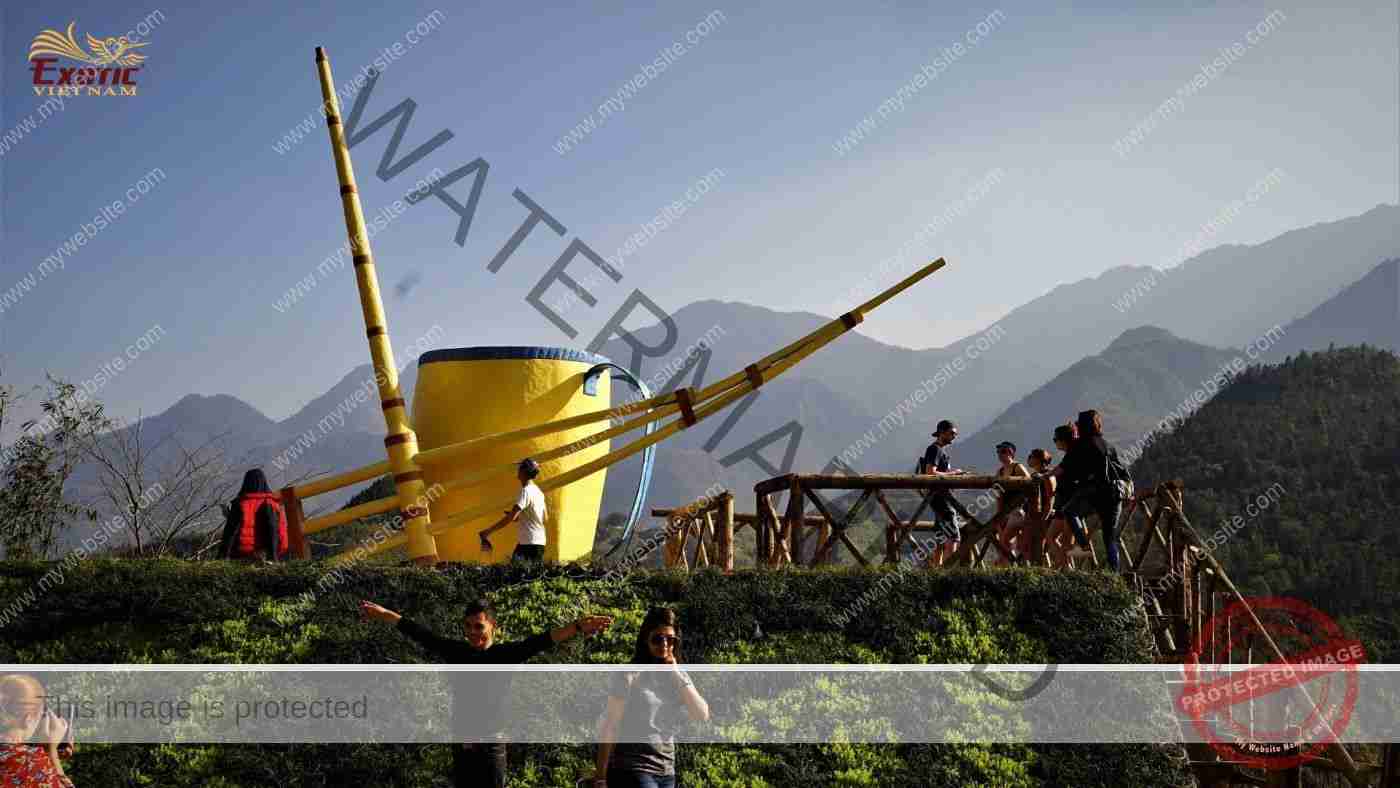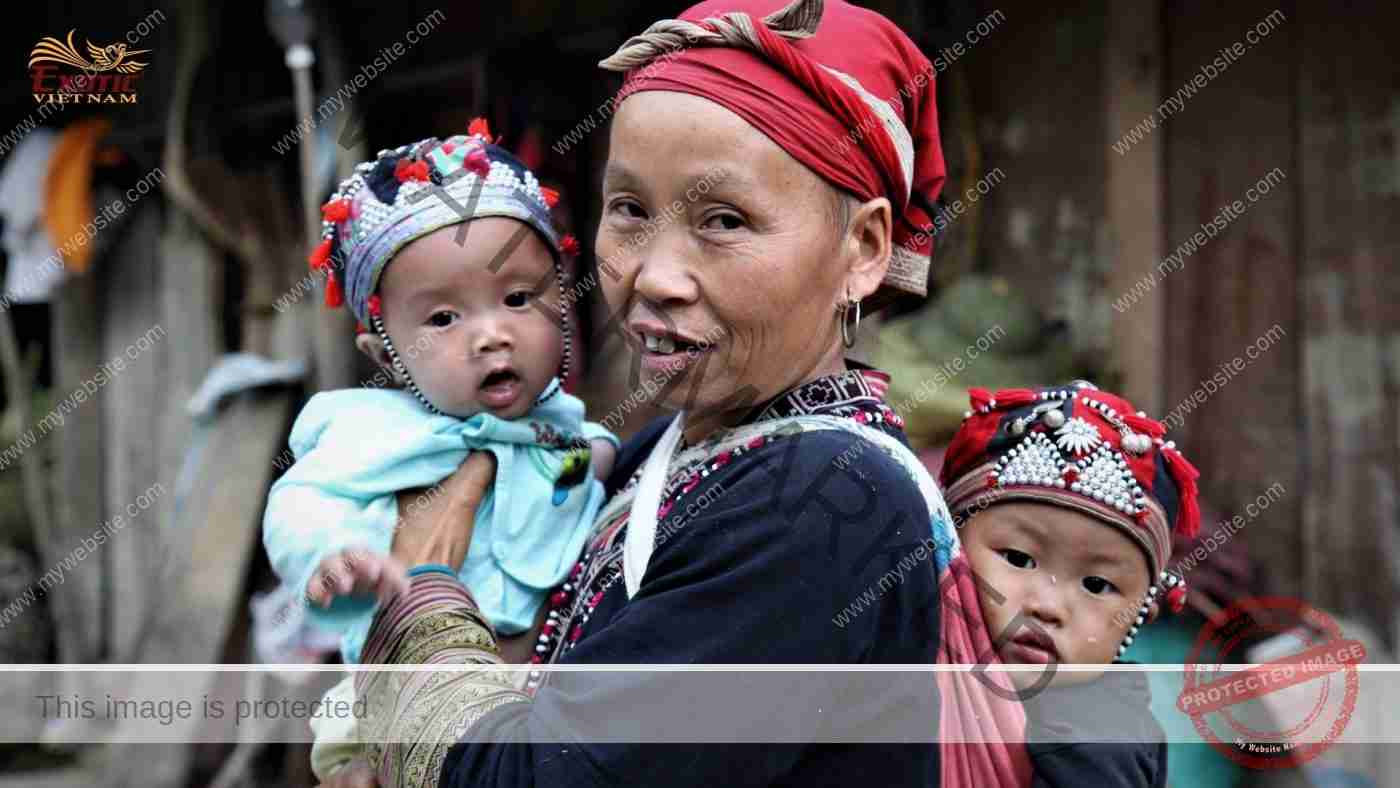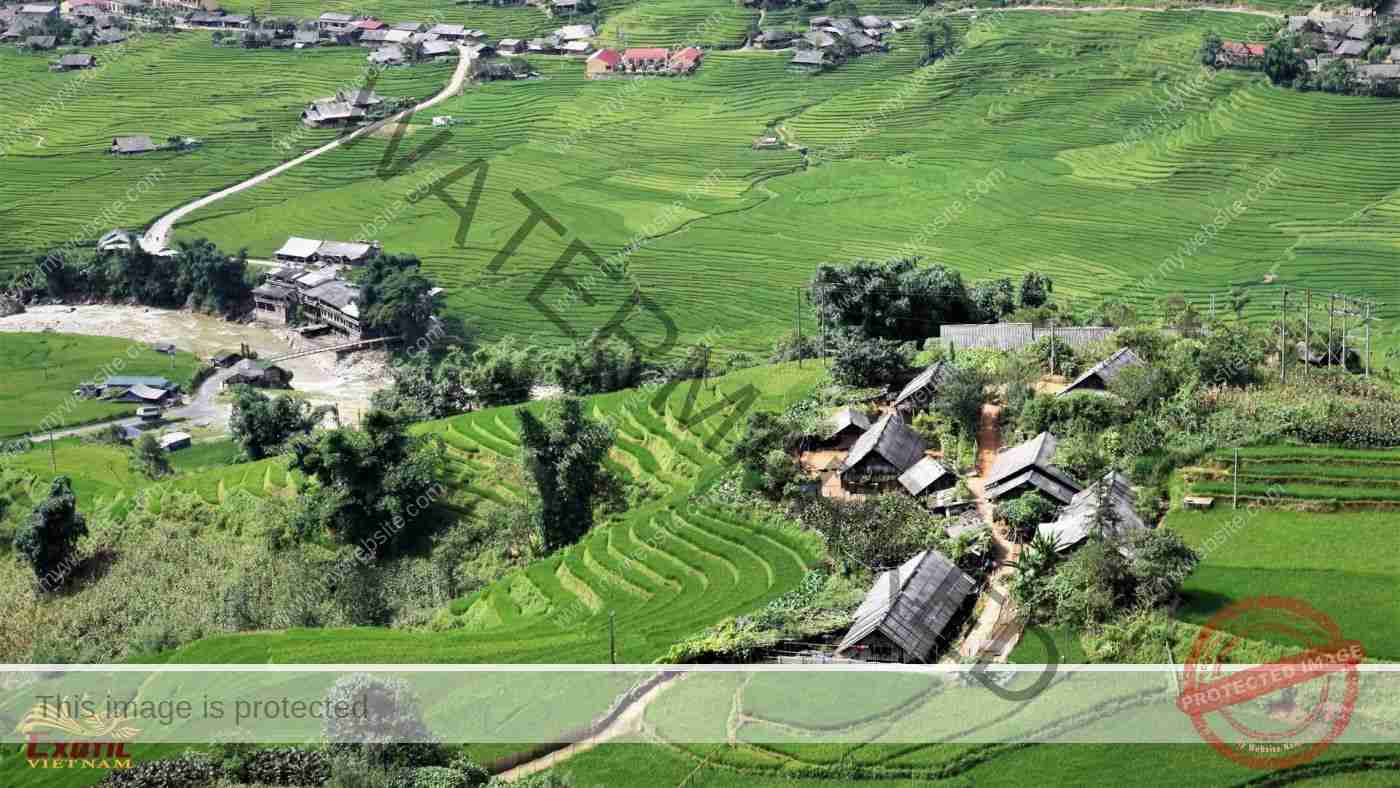TEAM BUILDING IN SA PA

Location: 37km from Lao Cai (¾ hour by car), 376km from Ha Noi (5 hours by car or 10 hours by train), 280km from Dien Bien Phu (6 hours by car).
Introduction: At an elevation of 1,500-meters, Sa Pa is Viet Nam’s most picturesque hill station and is well off the beaten tourist track. In 1903, the French founded the village on the slope of the Hoang Lien Son Mountain, known as the Tonkinese Alps and used it as a cool getaway. This place is proud of both its fine, rugged scenery and its rich, diverse culture. From the town center, visitors can look up the Indochina’s highest peak, Mount Fansipan at the height of 3,143m, or trek on trails along crystal clear streams, steep terraced vegetable gardens and dense evergreen forest. Sa Pa is also home to 5 of Viet Nam’s famous ethnic tribes (Black Hmong, Red Dzao, Tay, Giay, and Xa Pho) where their rustic villages can be found within a few kilometers around town. Nowadays mass tourism has been changing Sa Pa quickly with huge crowds, large-sized buildings, record-breaking cable cars and giant concrete pagodas.
Highlights: Mount Fansipan, Ham Rong Mountain, Cat Cat village, Ta Phin village, Ta Van village – Lao Chai village, Bac Ha Sunday market.
Facilities & services: trekking through hill tribe villages, cultural show, restaurants, hotels and international standard resorts & hotels.

Mount Fansipan
Founded in 2002 and recognized as the ASEAN Heritage Park in 2006, Hoang Lien National Park aims to strictly protect and preserve its diversity of flora and fauna as well as environment and landscape. Considered the core zone of national park, Mt. Fansipan, the Roof of Indochina at the elevation of 3,143m always gives a breathtaking experience for everyone.
For nature enthusiasts, the trek takes them through tiny remote villages, rainforest canopies, thrilling ridges and deep valleys to its summit in 2 – 3 days from Tram Ton, Cat Cat or Sin Chai. From 2016, mass tourists can conquer Fansipan in just 30 minutes, first take a cable car and then step up on 600 stairs to reach the pyramid topmark.
Huge temples, long staircases, giant Buddha statues were in full bloom right at the habitat of moss-covered trees in cloud forest before. Mt. Fansipan has turned into a large-sized pagoda complex in traditional architecture in the Red River Delta. Many Buddhist-colored ceremonies for devotees and travelers were held there.

Mount Ham Rong
Mt. Ham Rong lies close to Sa Pa Town, it’s nearly 2,000m high and looks very much like the dragon’s head in the clouds. A climb on stone steps to the peak is an excitement for all visitors. About midway, visitors, taken by surprise, will be in orchid gardens, more than 400 species are in colourful blooms. There is also a folk performance where visitors will enjoy songs and dances performed by ethnic girls and boys. A little further will be a mini stone-forest where thousands of stone columns, pillars that surprisingly open visitors’ eyes. A stroll among these pillars seems to be a walk in the fairyland, then visitors proceed to the heavens gate, a beaten trail leads to the cloud-yard and a TV station. San May (Cloud Yard) is an ideal location to view the whole panorama of Sa Pa.

Cat Cat Village
About 3km from Sa Pa, Cat Cat is the residence of the Black Hmong ethnic people. This village is surrounded by amazing rice terraces and flower gardens, beautiful valleys, rolling green hills and dazzling waterfalls. It’s only a 3-km walk down to the valley where you can visit wooden-roof houses dotted on the hill sides. This village used to be famous for producing fabrics. At the valley bottom, you can relax at the small waterfall where the French built a hydro-power station in 1925. There is the small stage where a traditional performance of ethnic people is presented for free throughout the day. There are too many stalls selling souvenir products originating from other localities. Today, it is rare to see the locals dressed in daily traditional clothes along the sightseeing pathway or maybe the indigenous Hmong really disappeared in their own village.

Ta Phin Village
Only 15km from Sa Pa, Ta Phin has an exotic scenery. It takes visitors only 15 minutes to get there by motorbike or jeep (both are available for hire) with the mountain sloping side of the green terraced fields. On the way to Ta Phin, visitors will see the ruins of a French church. The locals here are mostly Red Dzao. They are very friendly and rich in custom. Their handicrafts are very famous for the colour and embroidery. These products have a lot of unique lines which is reflected in the pattern of flowers, plants, birds… About 1km from Ta Phin headquarter, Ta Phin Cave is about 5 meters high, 3 meters wide and has a pathway to the ground. Inside the cave there are many stalactites sparkling with various shapes.

Lao Chai village – Ta Van village
About 7km from Sa Pa, Lao Chai is the residence of the Tay and Day ethnic people. It’s only a short walk there. After visiting Lao Chai, visitors can get to Ta Van village by keeping trekking (5km) around the bottom of Sa Pa valley. Surrounded by mountains and terraced rice fields, Muong Hoa Valley is supposed to be the most beautiful in the area. This is home of many ethnic groups such as Hmong, Giay, Dzao….

Bac Ha Sunday market
About 100km from Sa Pa, Bac Ha Sunday market is one of the most interesting ethnic markets in Viet Nam and possibly everywhere in South East Asia. It is every Sunday when various hill-tribesmen gather in huge crowds to gossip, exchange the latest news, buy necessities and eat a copious lunch. People come here by horse or motorbike, but most come on foot, from villages as far as 20km away. Although there are several hill-tribesman at the market, the Flower H’mong women stand apart with their vibrant dress. They wear a number of skirts and underskirts all made with very colorful fabric and some batiks. Their tops are embroidered, often with flower motifs, and their heads are covered with elaborately shaped and balanced scarf.
